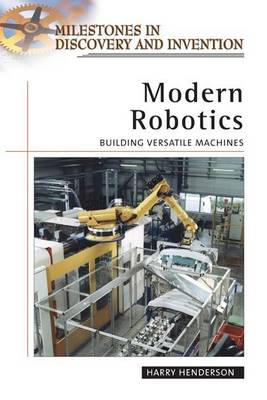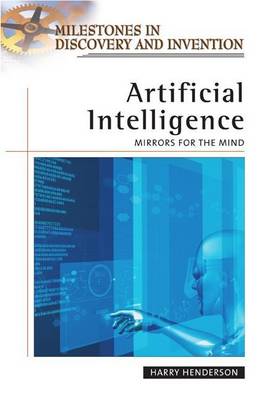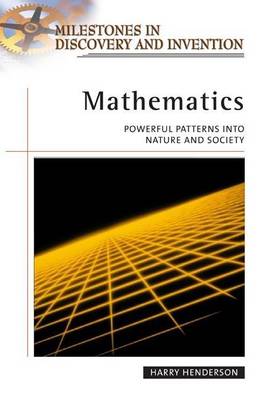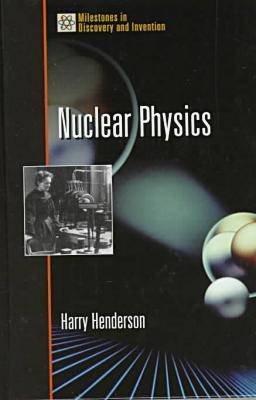Milestones in Discovery and Invention
7 total works
Modern Robotics: Building Versatile Machines. Milestones in Discovery and Invention.
by Harry Henderson
Artificial Intelligence: Mirrors for the Mind. Milestones in Discovery and Invention.
by Harry Henderson
Mathematics: Powerful Patterns Into Nature and Society. Milestones in Discovery and Invention.
by Harry Henderson
Combining biography, scientific reasoning, and history, each volume in the series investigates a particular field, such as nuclear physics, communications, and medical technology. Enhanced by the use of primary sources, each chapter examines a milestone invention, the specific inventor (or inventors), the process and inspiration, and how the discovery forever changed the world.
Further reading lists at the end of each chapter provide direction to those who wish to learn more.
Chapters cover the work and discoveries of Marie and Pierre Curie, Ernest Rutherford, Niels Bohr, Lise Meitner, Richard Feynman, Murray Gell-Mann, and examine physics at the end of the twentieth century.





